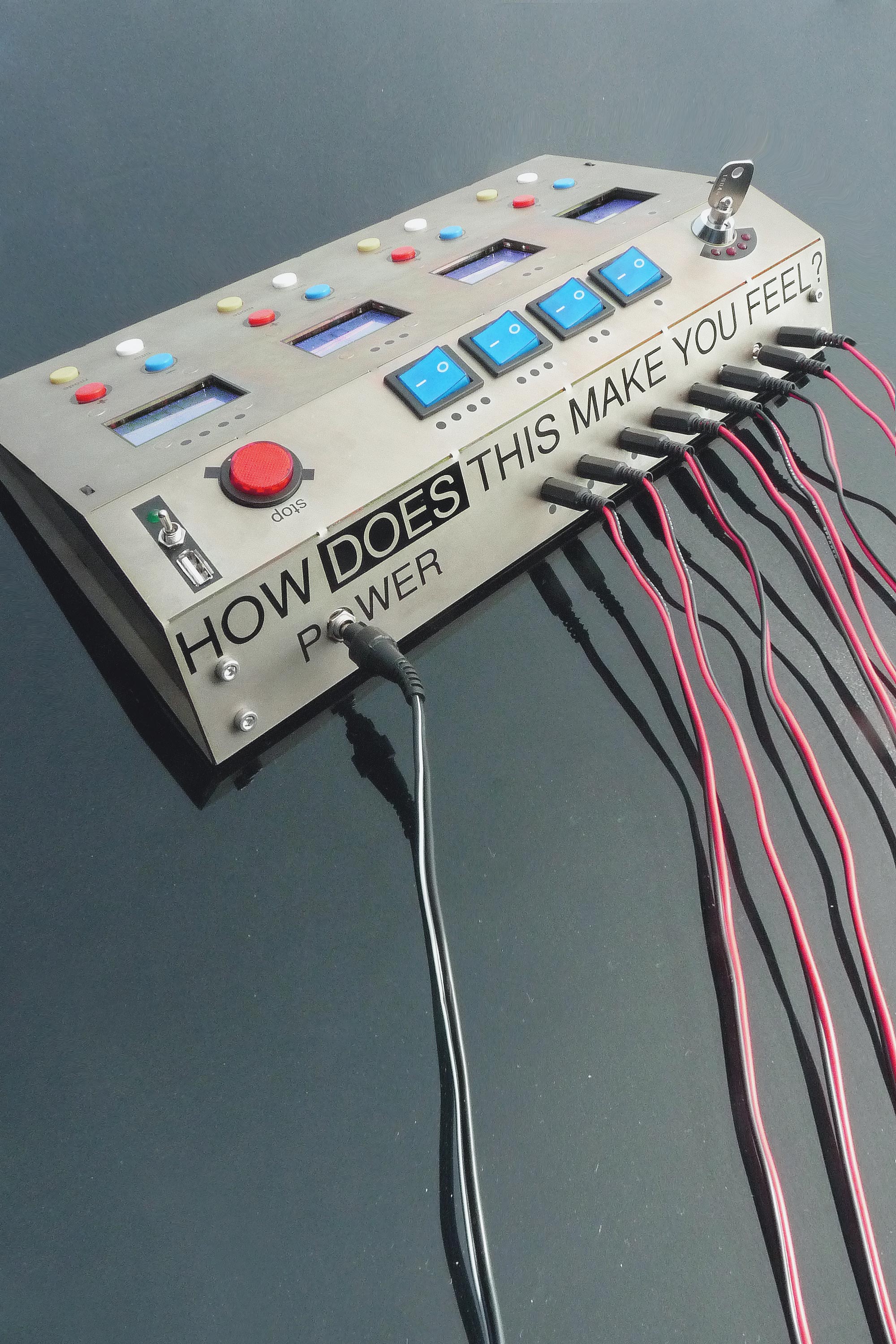
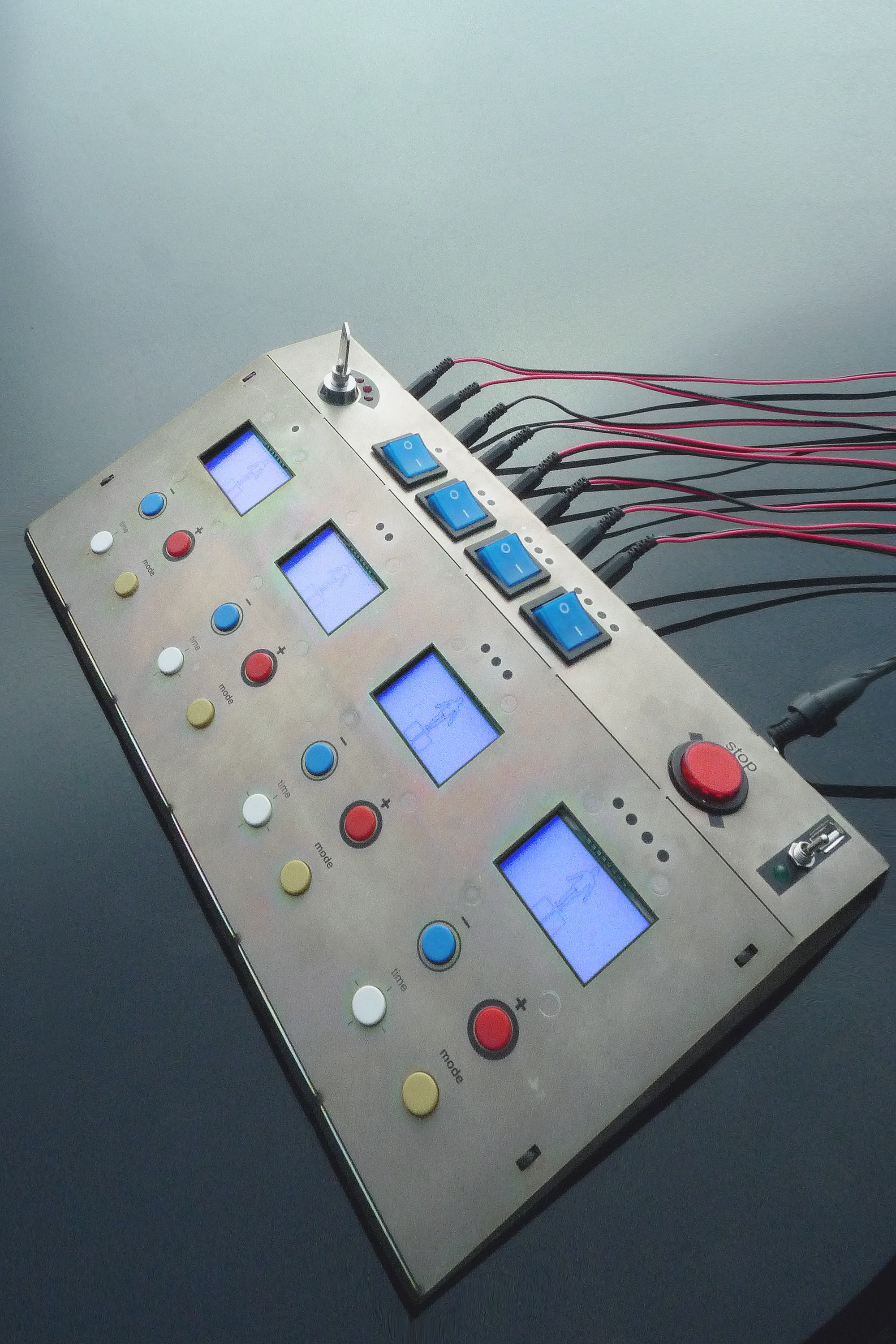
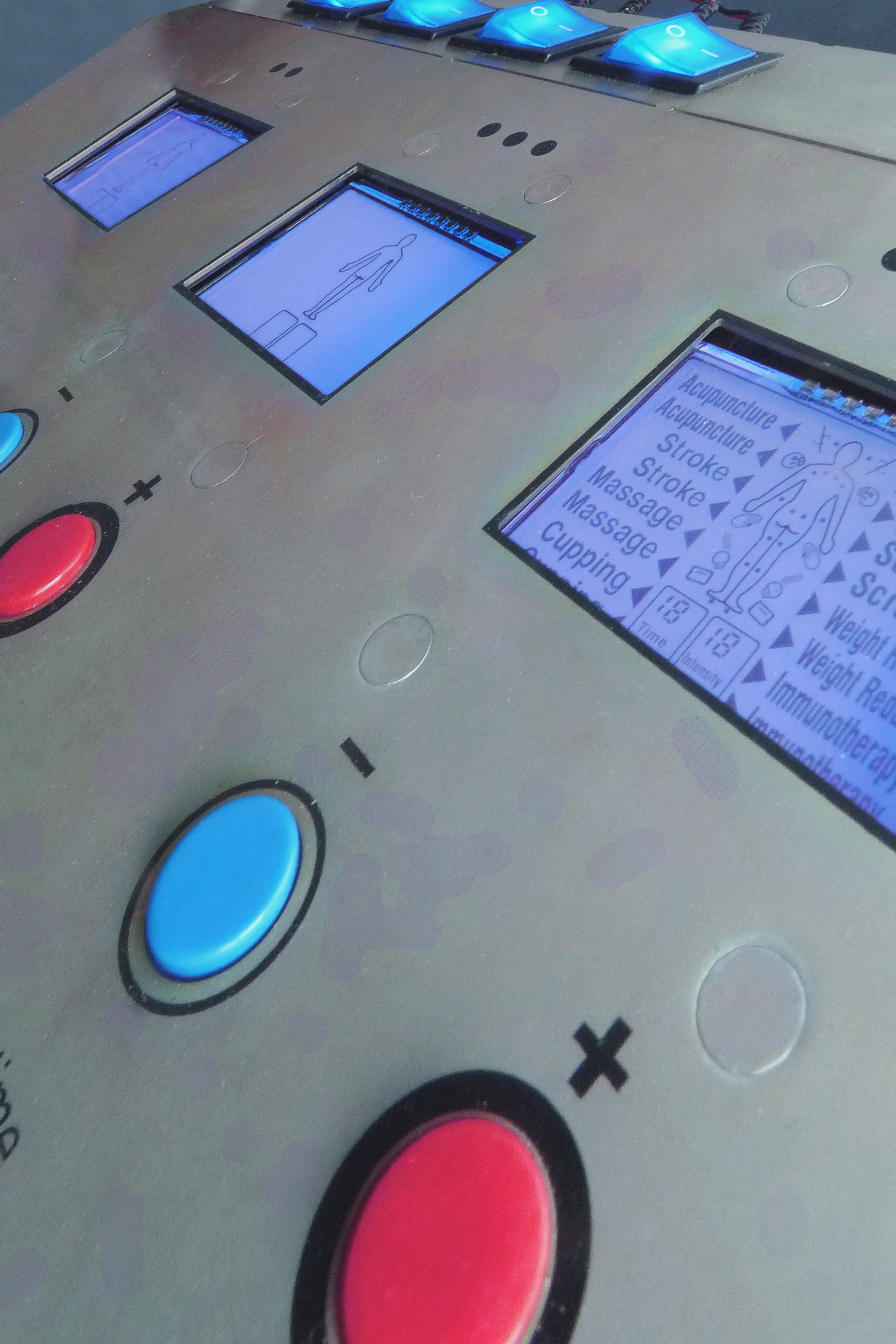
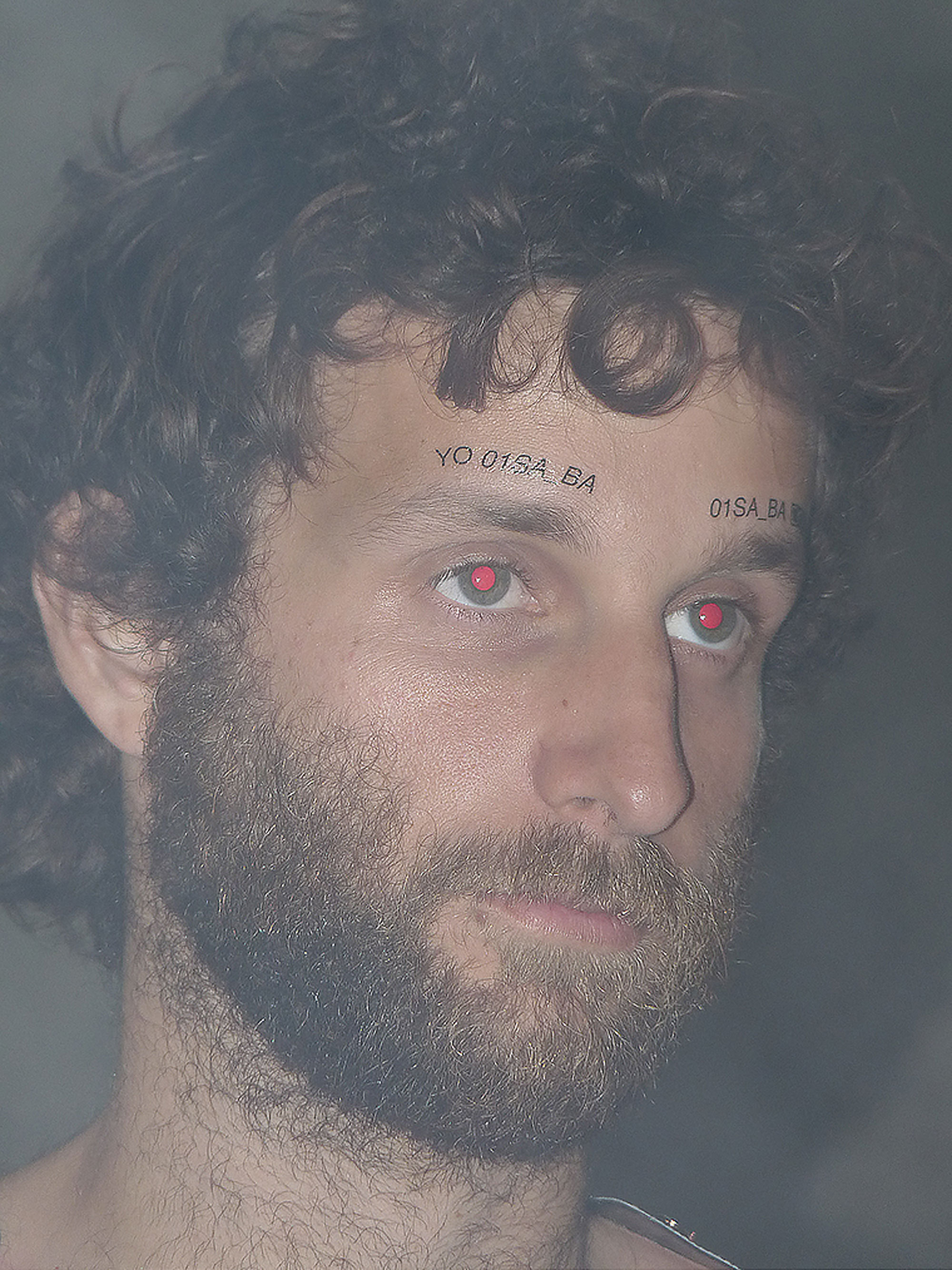
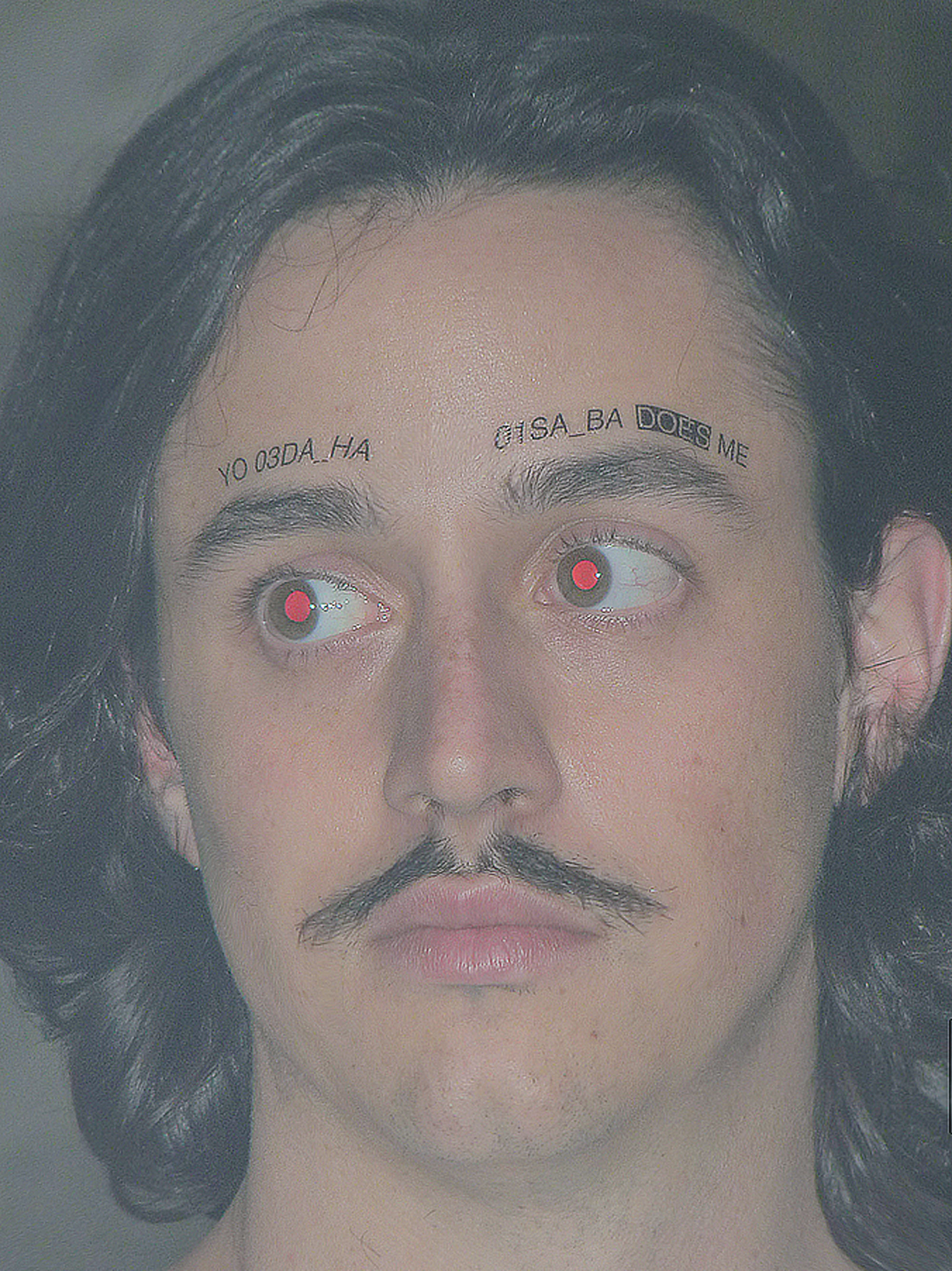
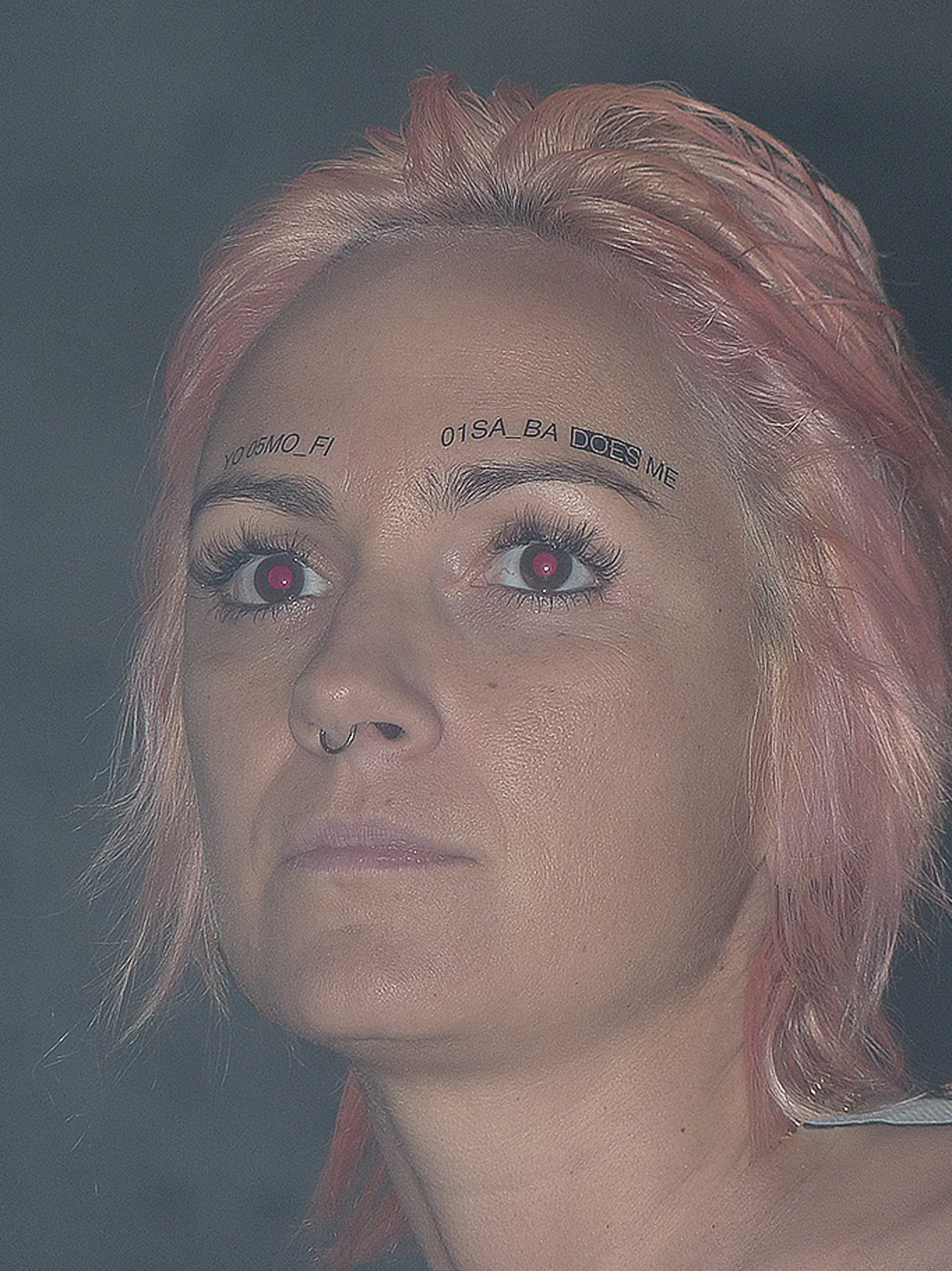
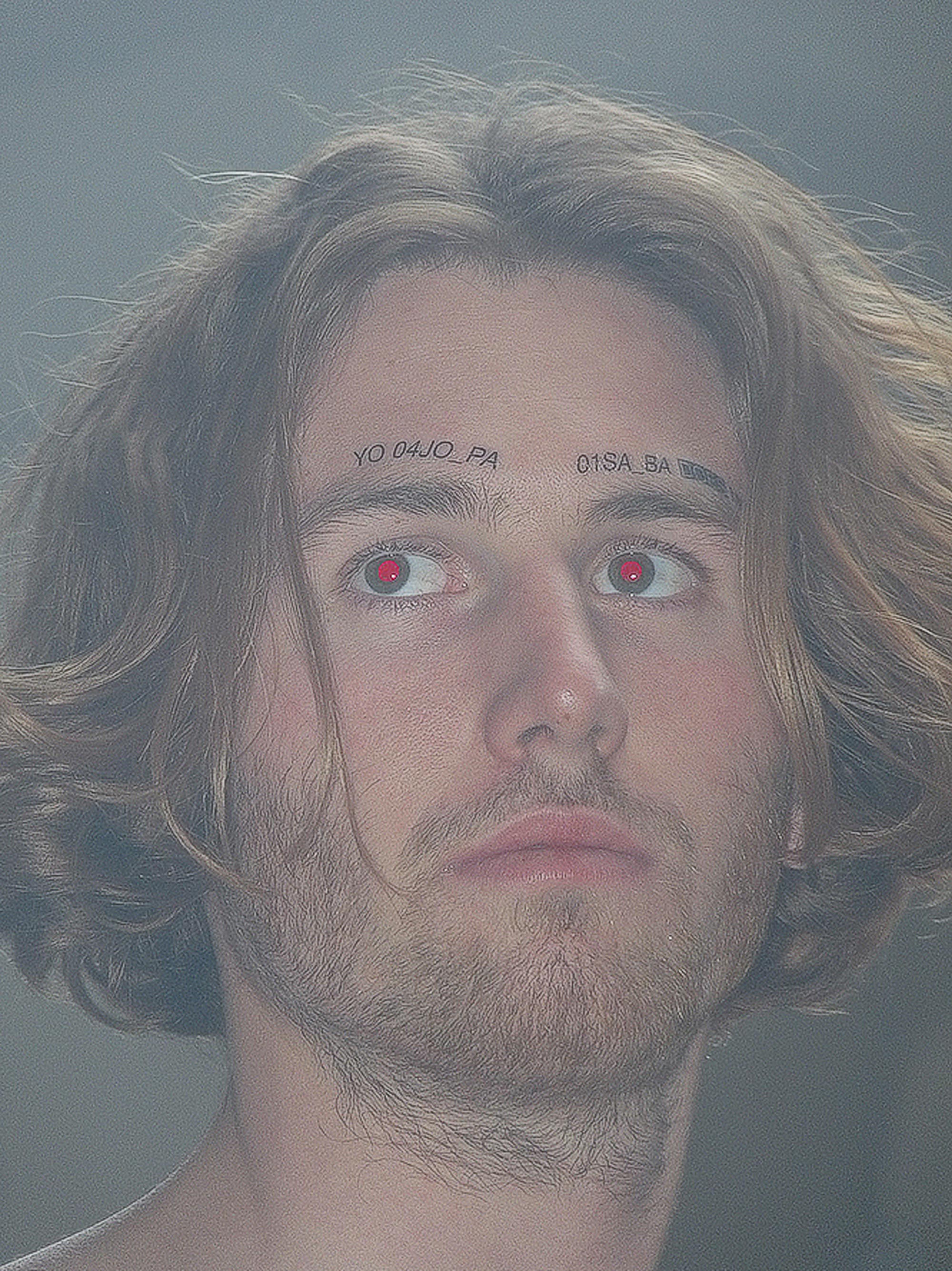
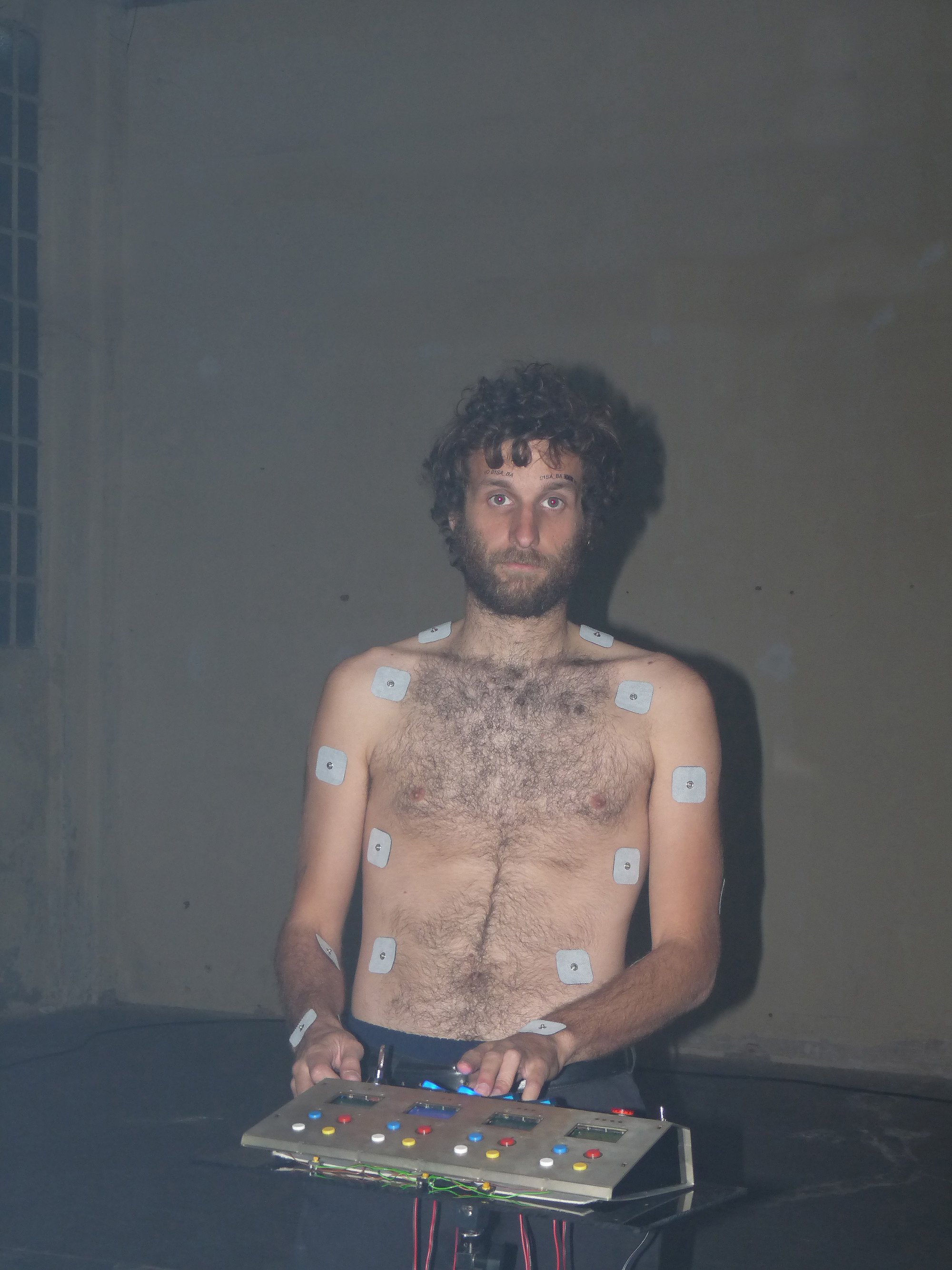
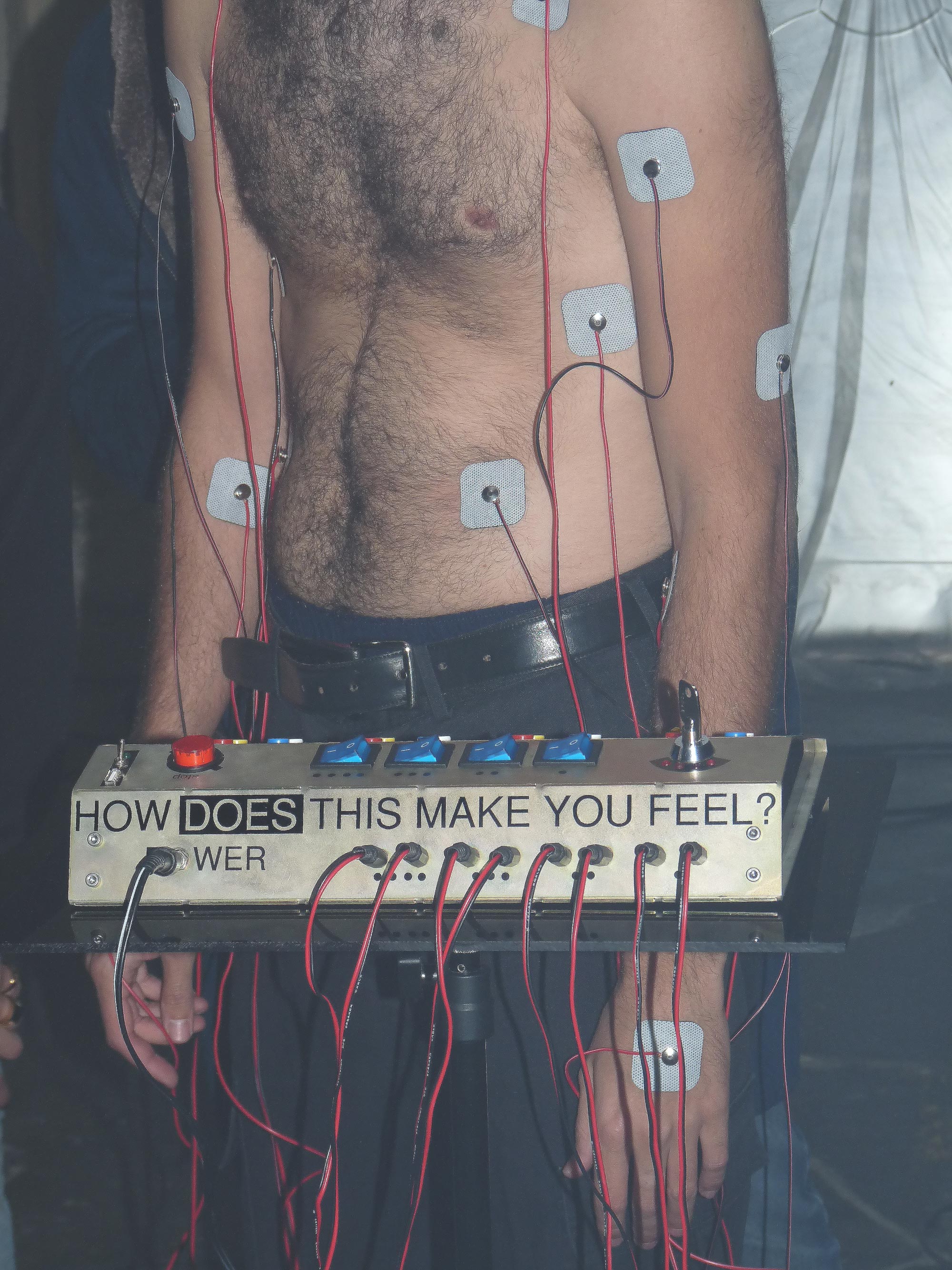
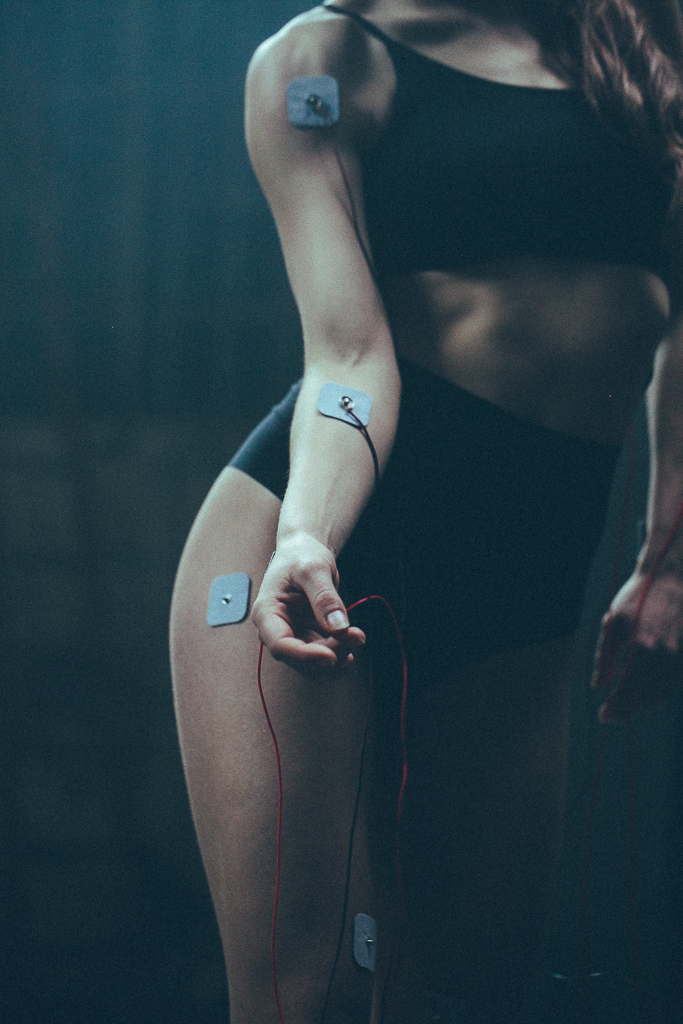
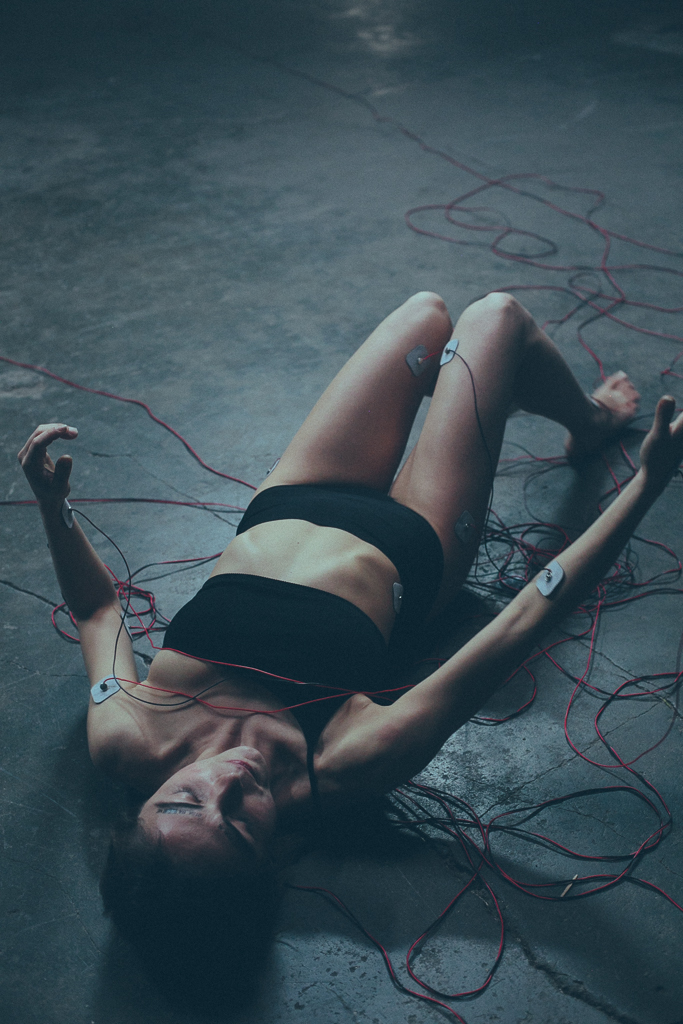
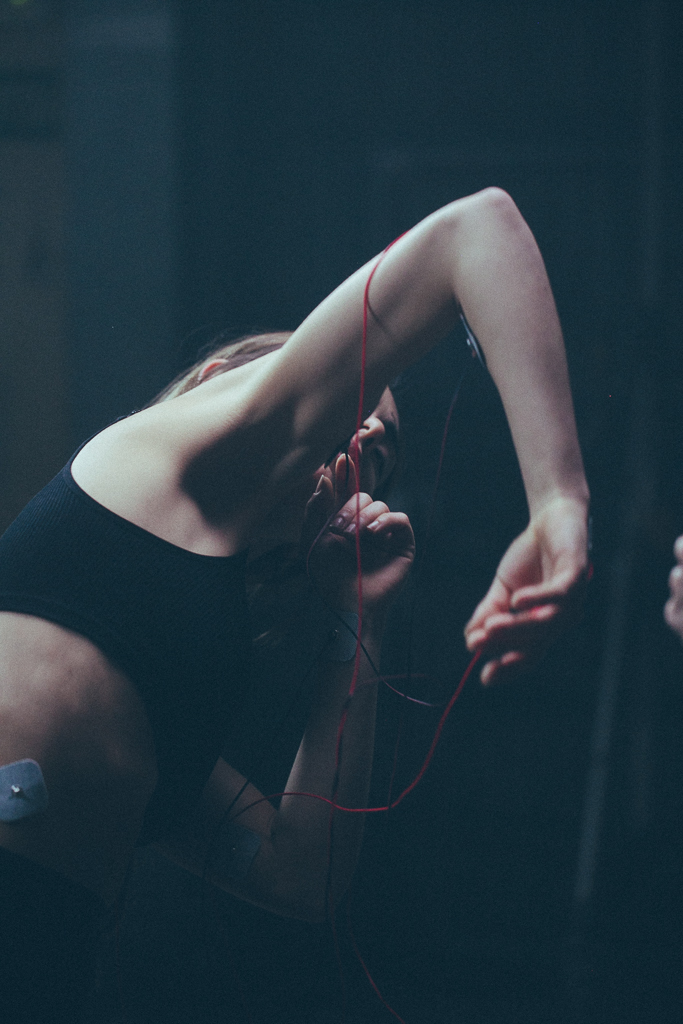
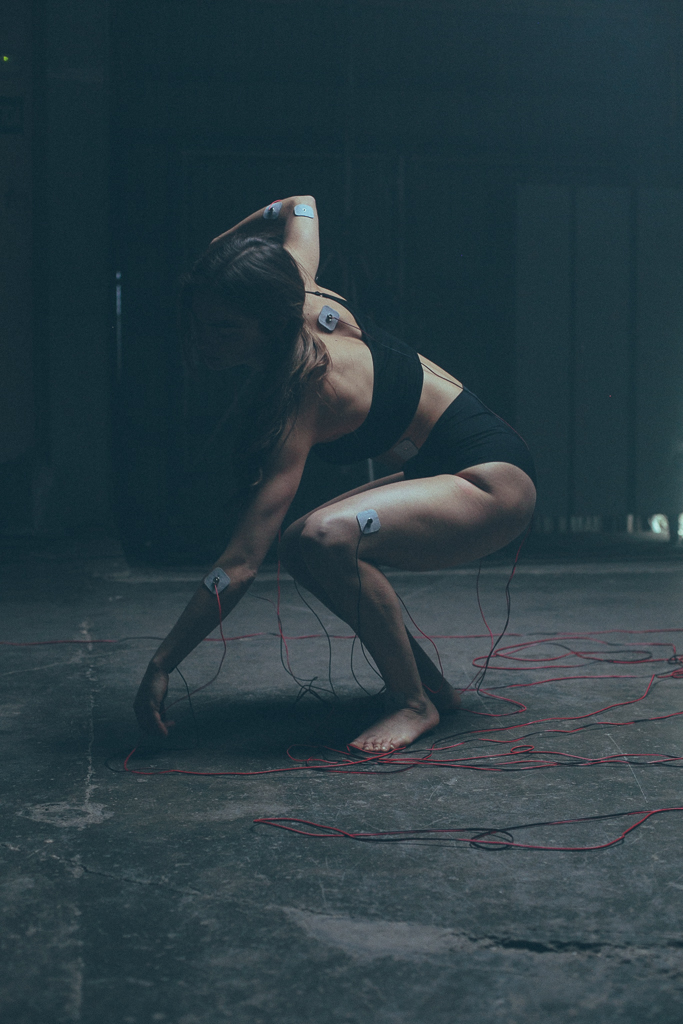
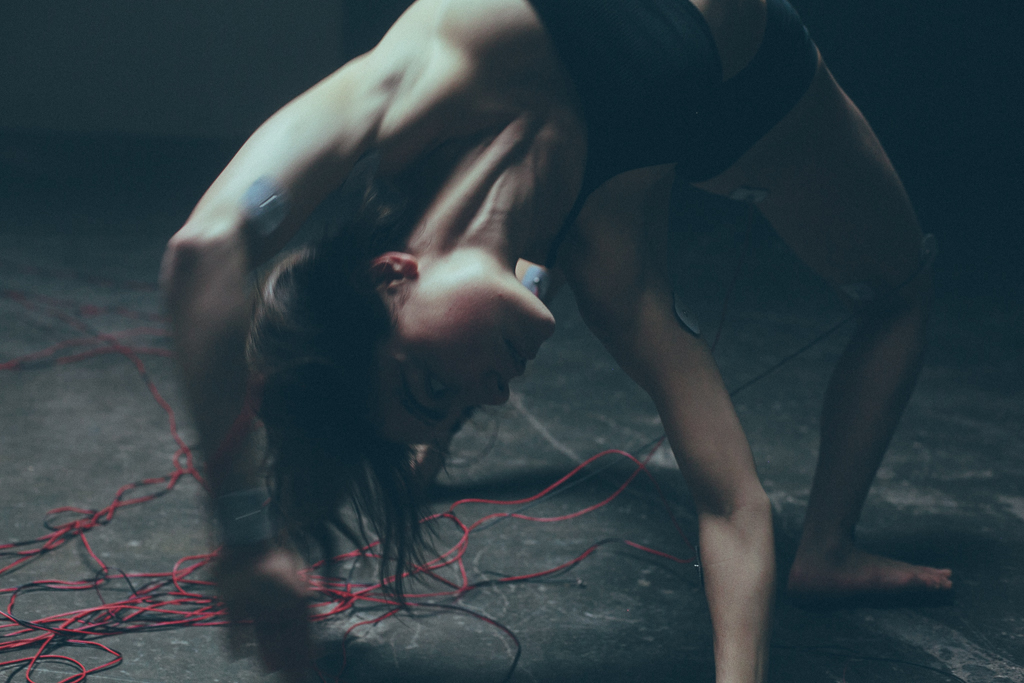
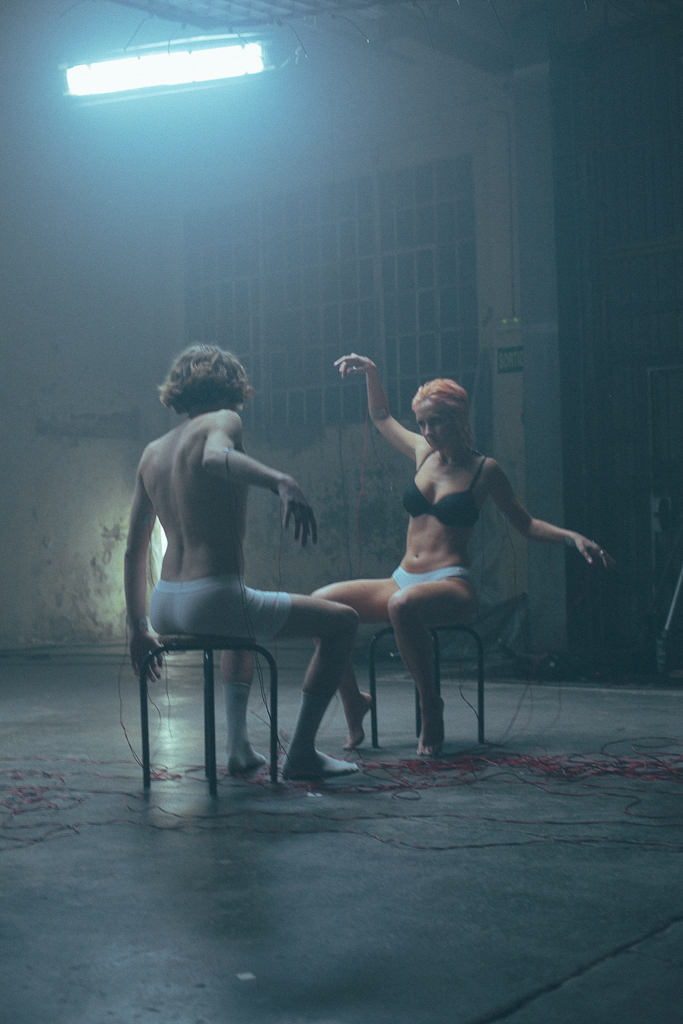
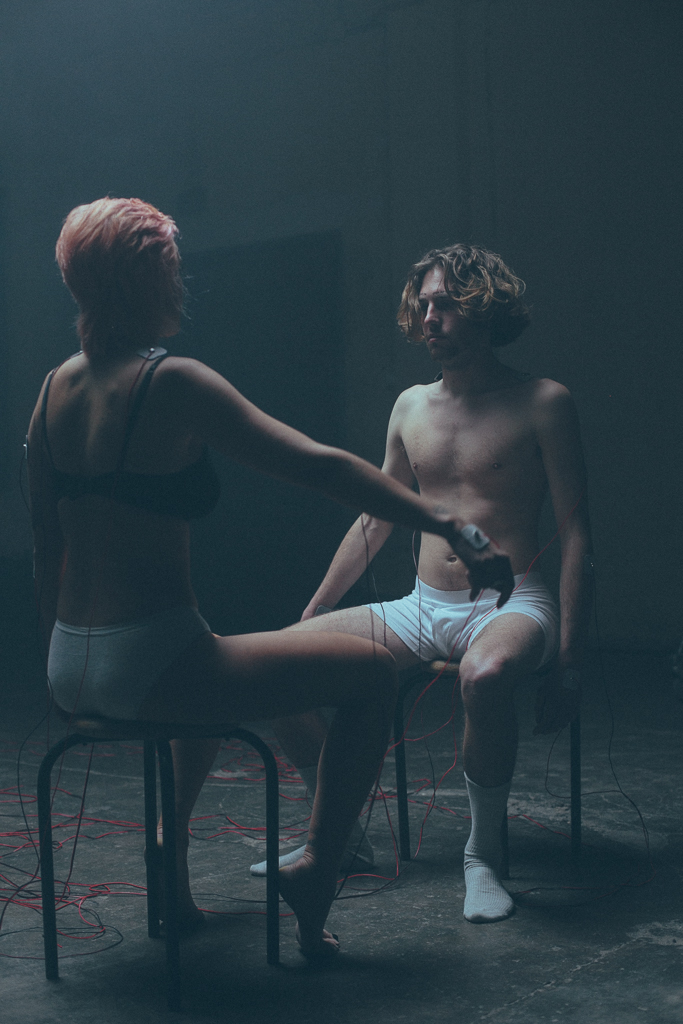
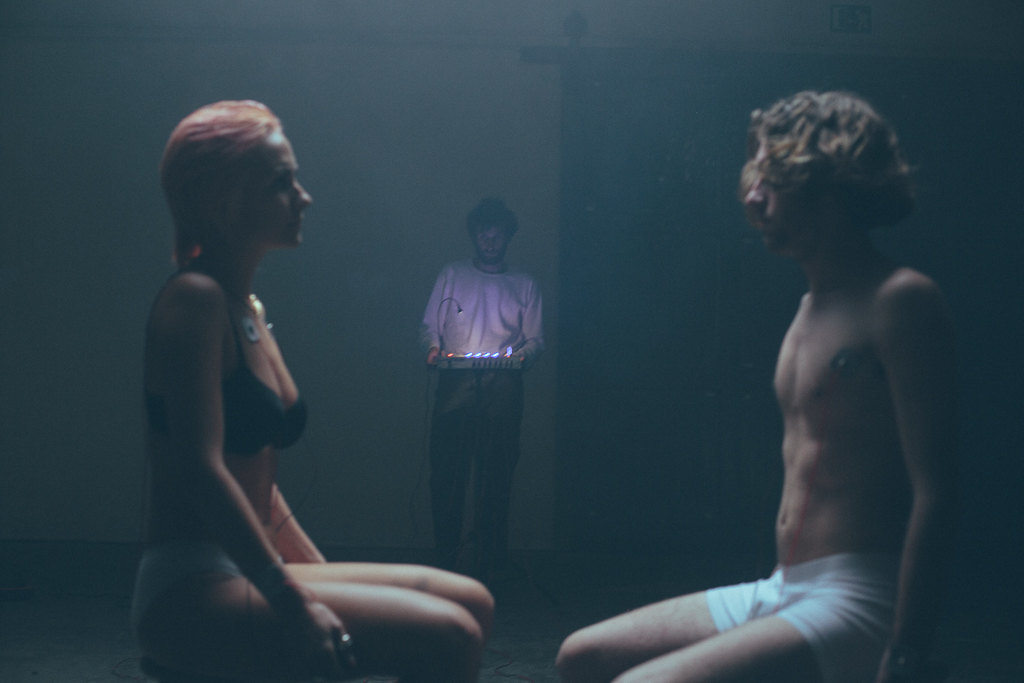
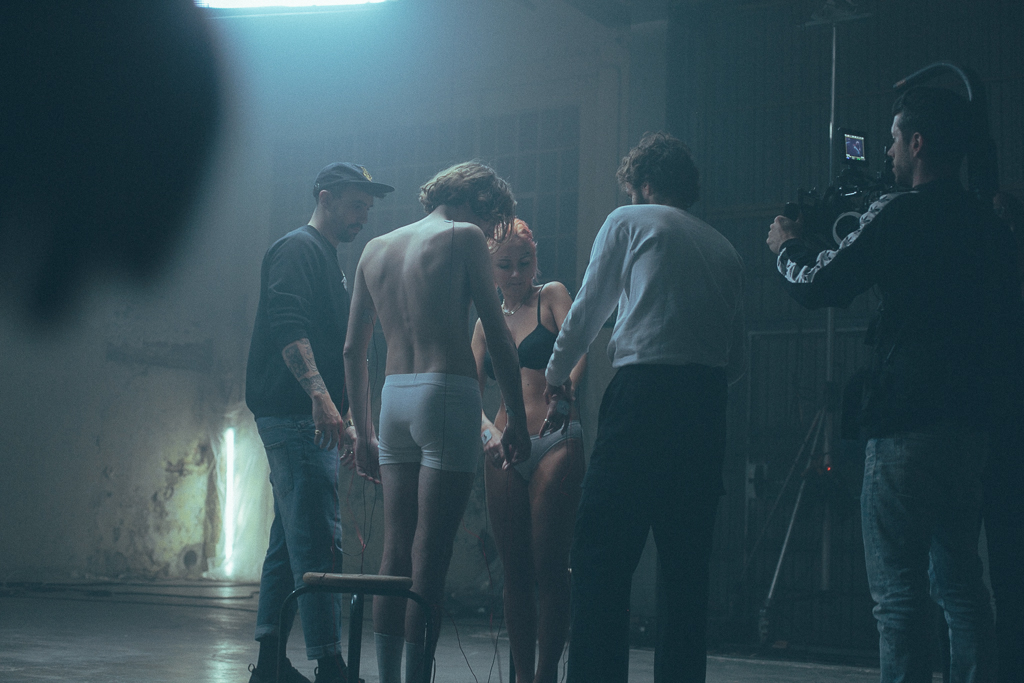
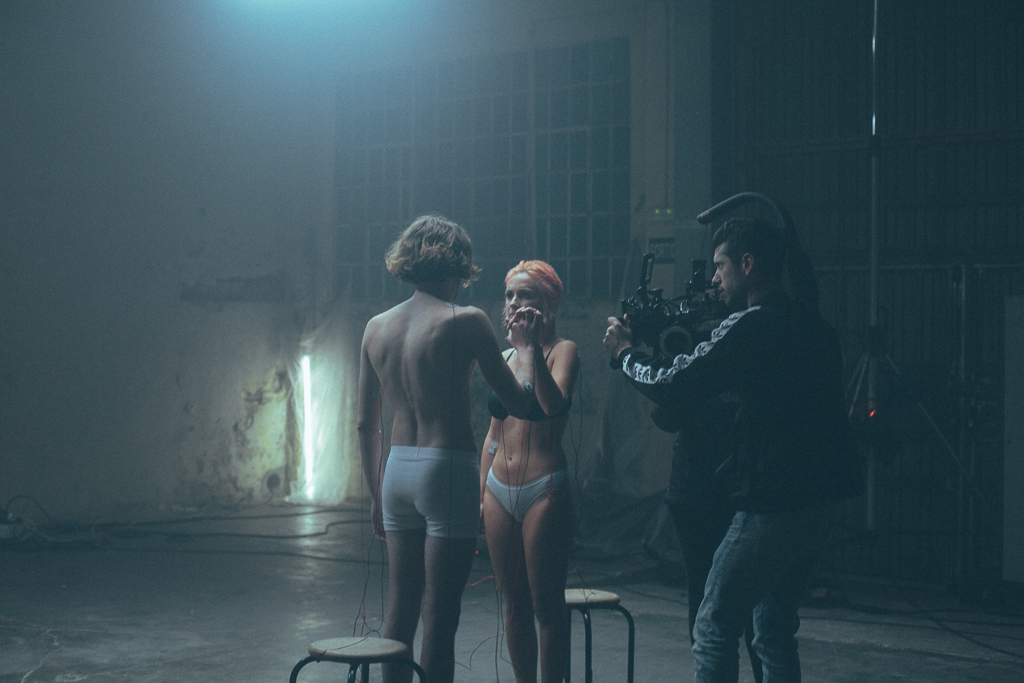
Does DOES Control, the given identity
2020
DOES Tech®
DOES Social®
What if we could adapt our body aesthetics and behaviour by telling them what to do? What if we could control our bodies by telling them how to move, how to look?
Body behaviour and fashion trends have been modeling and defining our identities for centuries. Regarding those statements, we build body standards that reflect our contemporary times. Even if those fashion tendencies change officially every six months, new information dynamics, fast fashion, tracking technologies and interactive garments and objects are shortening those trends, allowing or triggering fast changing behaviours. The future of fashion will not be connected to textiles and garments, the future of fashion will be built under new identity standards, standards that can be controlled. My proposal is based on real time body modification through electro-stimulation inputs that can either be controlled manually, allowing individuals to be the controllers or the controlled ones; or it can be connected automatically to any pre established input source such as music, weather, museum fluxes or any other data living and travelling through the internet. The project consists of a series of wireless electro-stimulators and sensors that once placed on the body, can be controlled through different softwares to perform pre established or real time movements and behaviours. “Control, the given identity” is based on the generation of data-control behaviours. As a pre established dogma, we usually say that in our society, we are controlled by our phones, social networks, emails, whatsapps, calls... What if you are actually controlled by your phone in a direct way? What if you are connected to your cell in order to feel like it? What if your movements and behaviour change depending on the texts you receive, the amount of followers you have on instagram or the number of selfies you have in your photo album? Can we define or design a body movement that expresses each of those “digital” behaviours? Our project aims to explore that new body language. At the same time, how does it feel to be physically controlled by another individual? Acting as they want, doing what they want. On the other hand, how does it feel to be controlled by another human being? What would you want them to do? How would you want them to act? Does it feel right? The project is based on participatory experiences with museum visitors, as well as generating public experiences through performances with artists or musicians.
credits
A project by DOES Work
Director - Guillem Castellví
DoP – Eloi Teixidó Fontova
Executive producer — Does Work
Producer – Tai Sans
Focus puller – Paula Capdevila
Assistant camera – Andrés Martínez-Vargas
Art direction — Guillem Castellví
Product and engineering design – Jorge Pascual
Choreography – Ainhoa Alfonso
Gaffer – Cris Neira
Electric – Carmela García
Electric – Diego Aveiga
Stylist — Does Work
Make up and hair – Arnau Anglada
Still photo – Martina Matencio and Arnau Anglada
Machine photo - Arnau Anglada
Editor – Aitor Bigas
Color grading – Julia Rossetti
Sound Design – Bofirax
Graphic Design – José Alcázar
Chapter 1 performer – Saúl Baeza
Chapter 2 performer – Ainhoa Alfonso
Chapter 3 performer – David Haro
Chapter 4 performers – Mònica Figueras and Jorge Pascual
Making Of – David Haro
Location — Utopia 126
Cátering — Feli Argüello
Camera equipment — Napalm
Lighting equipment — Aluzine
Special thanks
Napalm, Aluzine, Utopia 126, Feli Argüello and to all the team that has worked and believed in this project in a selfless way.